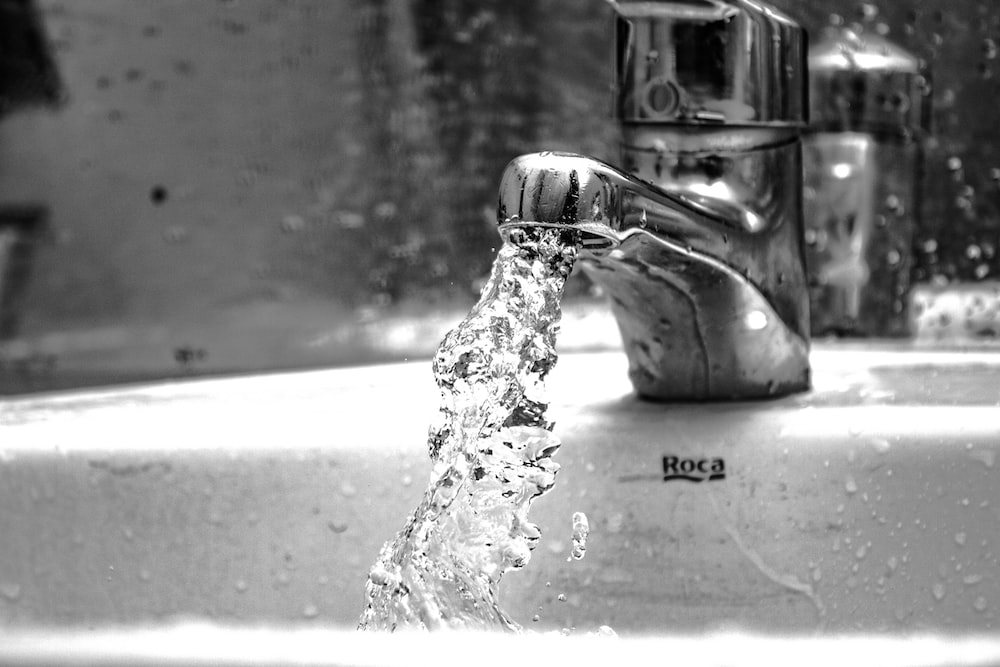
Faucet Repair
If malfunctioning faucet, here are some general steps you can take to attempt a repair: Turn off the water supply: Before starting any repairs, make sure to
turn off the water supply to the faucet. Usually, there are shutoff valves under the sink or near the fixture that you can use to stop the water flow.
Identify the problem: Determine the issue with the faucet. Common problems include leaks, low water pressure, and difficulty turning the handle.
Replace the washer (for traditional faucets): If you have a traditional compression faucet, which has separate hot and cold handles, a common cause of leaks is a worn-out rubber washer. Disassemble the faucet, remove the old washer, and replace it with a new one.
Replace the cartridge or cartridge assembly (for newer faucets): Many modern faucets use cartridge assemblies. If your faucet is leaking or not functioning correctly, you may need to replace the cartridge. This involves disassembling the faucet and installing a new cartridge.
Clean and remove mineral deposits: Over time, mineral deposits can build up in the faucet, causing reduced water flow. Disassemble the faucet and clean any mineral buildup from the components.
Check and tighten connections: Sometimes, leaks can occur due to loose connections. Ensure all the connections are properly tightened.
Consider professional help: If you are unsure about the repair process or if the issue is complex, it’s best to seek help from a professional plumber.
Remember, specific repair instructions can vary depending on the type and brand of the faucet. If you are attempting a DIY repair, always consult the manufacturer’s instructions and use the appropriate tools and safety precautions.
If “fauchet repair” refers to something else or if you need assistance with a different topic, please provide more context or clarify the term, and I’ll be happy to help further